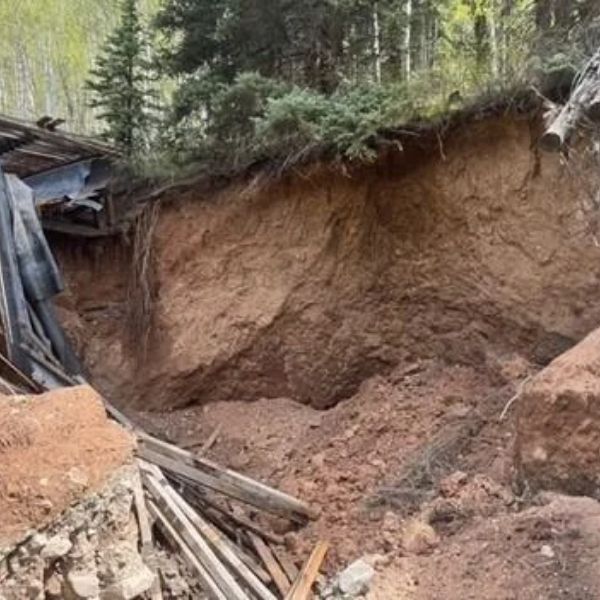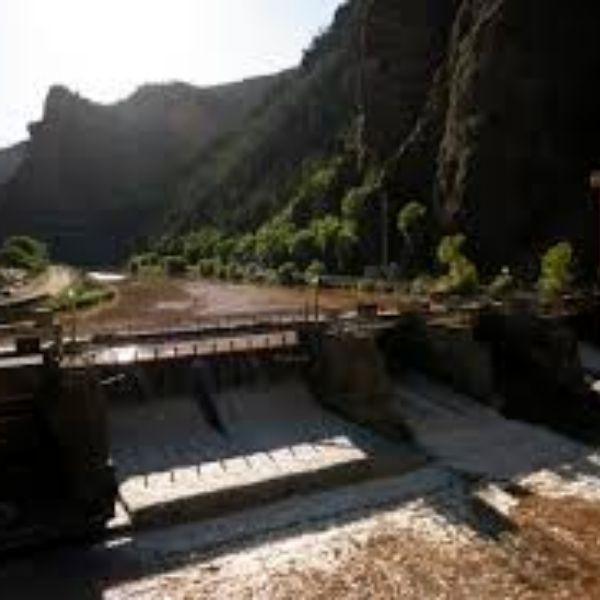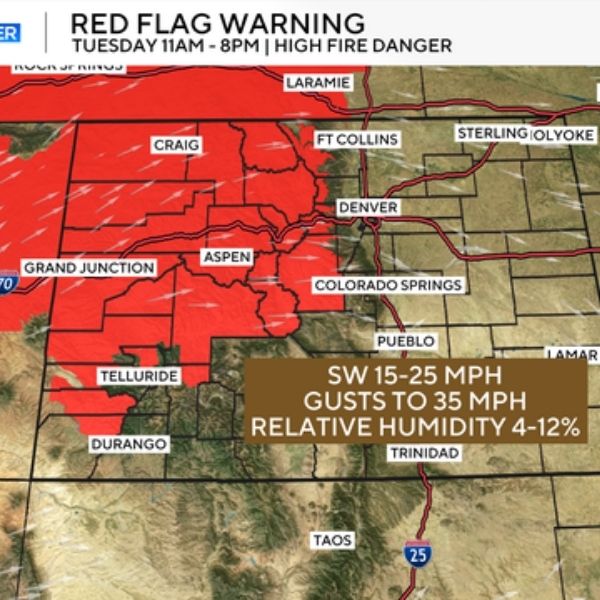Crews are now working to stabilize a landslide area in southwestern Colorado after the collapse of a 102-year-old wooden flume, part of a historic hydroelectric system, sent water surging down a hillside and forced the closure of nearby forestland.
The Cascade Flume, perched above Cascade Creek between Silverton and Durango—just two miles from Purgatory Resort—broke apart in June, washing out parts of the steep slope below and damaging surrounding forest terrain. The flume, one of only two operational wooden flumes used in U.S. hydroelectric projects, is owned by Xcel Energy.
Unclear Cause, But Significant Damage
It’s still unknown whether the flume collapsed suddenly or began leaking slowly over time. Either way, the resulting water surge destabilized the hillside, caused trees to fall, and compromised nearby power line structures. The collapse damaged a section of the 4,400-foot upper flume, originally rebuilt in the late 1920s with creosoted Oregon fir.
Following the incident, the U.S. Forest Service closed the area between the flume and the Cascade Creek Trail on June 6. It remains off-limits to the public.
Historic Significance and Long Legacy
Originally constructed between 1903 and 1904, the flume was built to carry water from Cascade Creek to Electra Lake, helping power the Tacoma Hydroelectric Plant. Gravity-fed water from the lake plunges 1,000 feet to drive the generators, which began delivering electricity to area mines in 1906.
Interestingly, the generators were originally bound for Tacoma, Washington, but the crates were mistakenly left near the Colorado site. Locals began referring to the area as Tacoma, a name that stuck—including for the flume, which is also known as the Tacoma Flume.
Despite the damage, power service has not been interrupted, thanks to reserved water in Electra Lake. However, Cascade Creek’s flow has been partially blocked, impacting downstream property owners.
A Rare and Fragile Piece of Engineering
Over the decades, the flume underwent multiple repairs and reroutes, with much of its lower section replaced by steel pipeline in the 1940s and ’50s. The upper section that failed had become a rare surviving example of early 20th-century water conveyance technology.
Although not formally listed, the Cascade Flume and Pipeline site is considered eligible for the National Register of Historic Places due to its historic value and remaining original structures.
“Through attrition, [the flume and siphon] have become an unusual surviving example of historical technology,” the U.S. Forest Service noted in its archives.
Repairs in Planning, Approval Process Underway
Xcel Energy and the Forest Service began initial cleanup and assessment in late June. The company said the repair process will be lengthy and involve multiple agencies, including the Federal Energy Regulatory Commission. A planning meeting is scheduled this week.
Xcel, which took ownership through its subsidiary Public Service Company of Colorado in 1992, continues to rely on both staff and contractors for maintenance.
As of now, no final cause for the collapse has been determined. A report is pending.
For now, the region waits as engineers and regulators determine how to restore this iconic piece of Colorado’s energy and engineering history.
This article has been carefully fact-checked by our editorial team to ensure accuracy and eliminate any misleading information. We are committed to maintaining the highest standards of integrity in our content.

Katie is a senior who has been on staff for three years. Her favorite type of stories to write is reviews and features. Katie’s favorite ice cream flavor is strawberry.















Leave a Reply